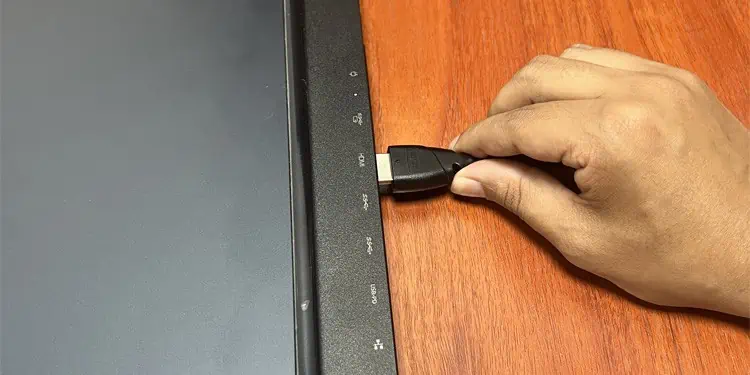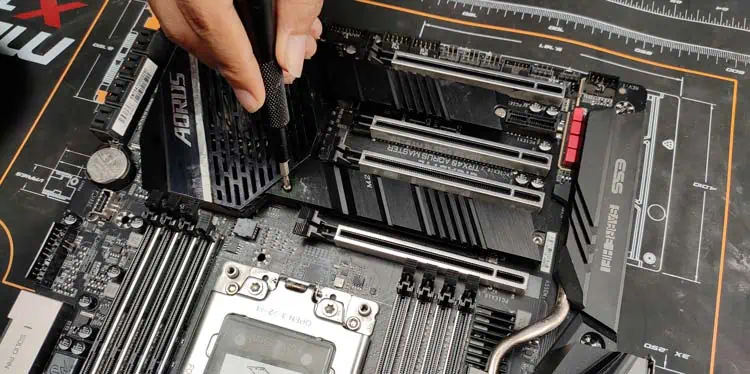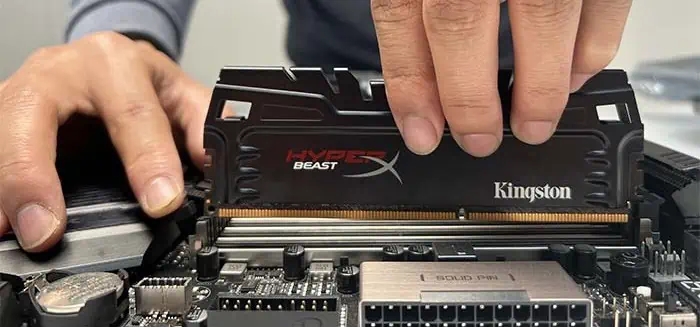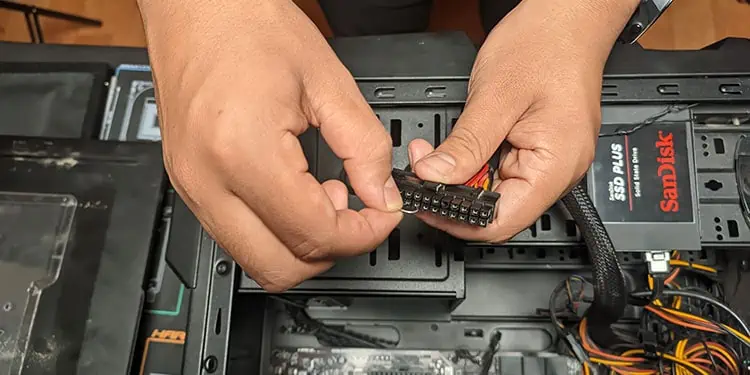After starting your computer, the BIOS runs a Power On Self Test (POST) to check all the hardware components. And if they are working properly, the BIOS looks for the boot loader to load the operating system (OS) and handle your PC’s control to this software.
During this transferring process, you will see the boot screen on your display. But if the screen gets stuck on the boot screen, it means the BIOS can’t handle the control to the OS.
Although it indicates that the computer passed the POST test, some hardware errors may still be responsible for the issue.

In case, the screen says to press a certain key to boot into setup, do so. After that, select the option to exit while saving changes even if you haven’t made any changes. If you continue to see the boot screen, cannot press the key or the option is not available, move on to following solutions.
Remove Peripheral Devices
The first method you should try is to remove all your peripheral devices and then power up your PC. Sometimes, such devices can affect your boot-up processes.
For instance, the boot priority configuration on your BIOS may be set to boot from the network or a USB device before the default storage device. In such cases, your PC can get stuck while looking for the OS from such systems if you have connected an Ethernet or a USB storage device respectively. At other times, the external device itself may have issues.

Your motherboard circuit contains many capacitors, whose main job is to hold charge to facilitate a smooth flow of current. However, such charges prevents your hardware from properly restarting. This can cause some system issues, especially after power failures or hard resets.
In such situations, you need to power cycle the computer to drain all the capacitor charge and properly refresh your hardware components.
If youneed to power cycle your PC every timeto get it to work, or if you need to power cycle the PC multiple time before being able to boot once, some capacitors on the motherboard may have blown. And it is also possible that the motherboard is failing in other ways.

In such cases, you need to take your PC or motherboard to a hardware specialist and have them repair any failed components.
Misconfigured BIOS configuration is also another cause of this issue. We already discussed how improper boot priority settings can be responsible. But some other settings can also cause similar issues.
If you may access the BIOS, you can easily select the corresponding option toreset your BIOSand resolve the issue. Otherwise, you need clear CMOS memory from your hardware end, which is the same as resetting BIOS settings.

Removing and reinserting the CMOS battery resets its memory. However, some devices also have backup CMOS due to which this method of reinserting the battery doesn’t work. So it’s better to utilize the motherboard jumper instead.
If the jumper cap is not there, try not to use other conductive materials to short the connection. Instead, go to a local electronic store to buy a new one.

